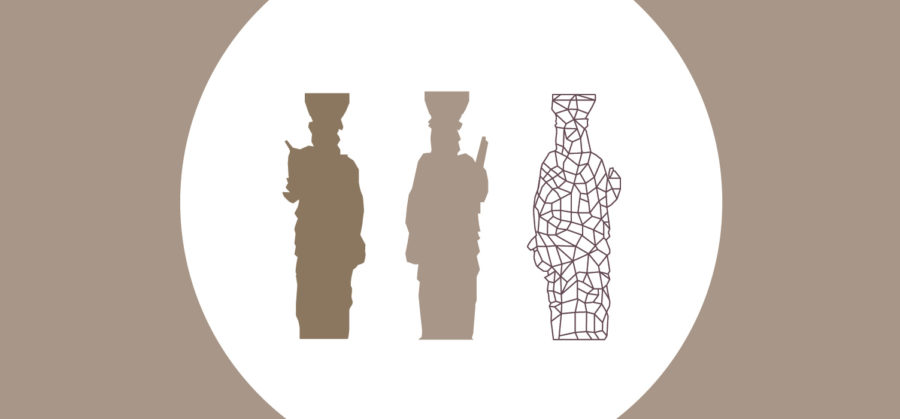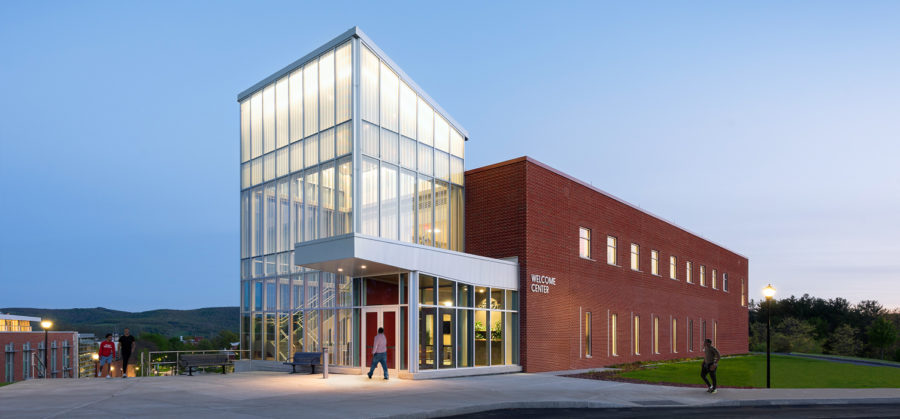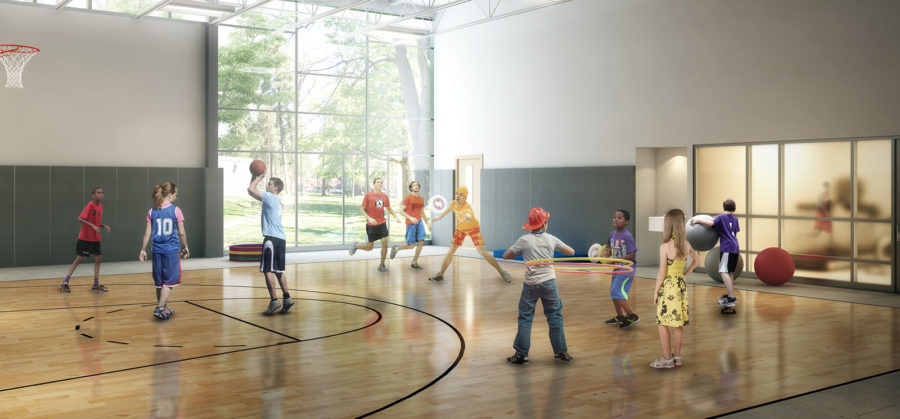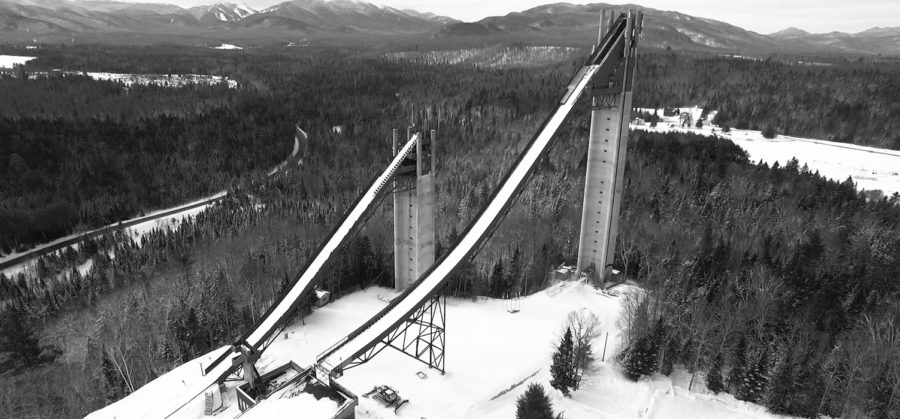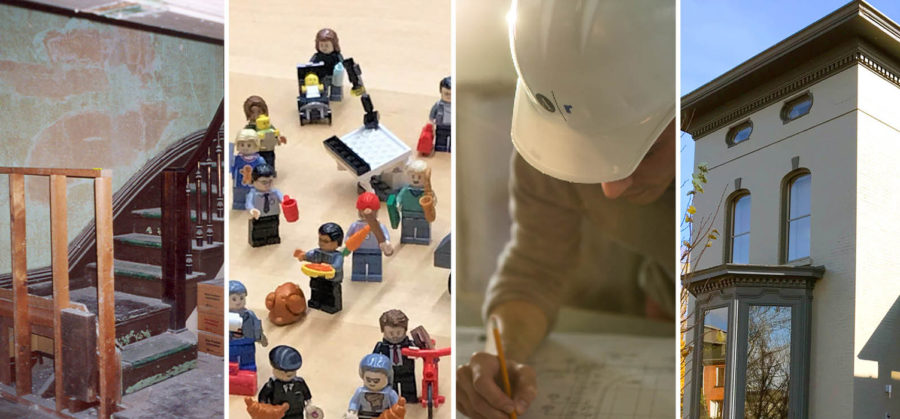By Michael Tuzzo
The world’s climate is changing at an accelerated rate due to human activity; sustainability is no longer optional.
Although climate has always been a key consideration for the design, construction, and operation of buildings, practitioners must eliminate the assumption that future climate conditions will be identical to what was experienced in the past. Increased exposure to the multiple and diverse effects of climate change including higher temperatures, rising sea levels and an increased frequency of climate hazard events require design professionals to reevaluate standard practice. Efforts focused on addressing climate change through design can help reduce harmful carbon emissions and mitigate the ongoing physical and social effects of climate change including inundation, structural collapse, exposure to harmful chemicals, and access to life essentials like food, water, and shelter.
The world’s climate is changing at an accelerated rate due to human activity. Our planet experiences a natural greenhouse effect that holds enough of the sun’s heat to keep our planet warm and hospitable. However, the carbon dioxide released into the atmosphere from the burning of fossil fuels traps additional heat within our atmosphere, raising the Earth’s temperature above normal averages. Since the building sector accounts for roughly 20% of the world’s total energy consumption, design professionals need to accept the responsibility that designing with climate change in mind has shifted from an optional path to an absolute necessity.
The diverse impacts of climate change in New York State include increases in temperature and precipitation, and the likelihood of climate hazard events such as hurricanes and tropical storms, flooding, severe storms, winter storms, wildfire, sea-level rise, heatwaves and pest infestations. There is an unequal distribution of these impacts across NYS due to specific geographic conditions. New York City, for example, has more exposure to rising sea levels and hurricanes than Buffalo which has more exposure to other events such as lake effect snowstorms. This variation across New York State yields differing priorities when it comes to addressing the impacts of climate change in the built environment. For example, practitioners in downstate New York may prioritize strategies that limit the negative impacts of flooding including water damage and soil scour over winter storm-related strategies that address things like over-burdened electrical systems and roof collapse. Design professionals must be aware of local geographic conditions in all design projects and authentically integrate strategies that reduce the enduring impacts of climate hazards.
Another important element to consider is that climate change is a problem that cannot be mitigated using only new buildings constructed to higher performance standards. Our existing building stock is old. More than half of US commercial buildings were constructed between 1960 and 1999 with an additional 20% constructed before 1960. Altogether roughly three-quarters of the United States commercial building stock was constructed for a climate that is measurably different than what we are experiencing today, and even further from what we can expect in the future. Compounding this issue in New York State is the fact that approximately 75% of all building square footage is residential, of which 72% is of primarily wood construction that is more susceptible to climate change impacts like water damage, pest infestation, and electrical fires than concrete, masonry, or steel construction. For these reasons, practitioners must prioritize renovation efforts of the existing building stock in all mitigation efforts.
Design professionals must consider the effect climate change has on both the physical and social environment. Certain populations including the elderly, children, those that do not speak English well, and the socioeconomically disadvantaged are more susceptible to and/or are unable to cope with the adverse effects of climate change. Failure to recognize and address the specific vulnerabilities of these populations can cause massive inequities in the effects experienced from a changing climate and climate hazards events especially in populated areas with high density. In other words, designers must recognize and respect not only the physical characteristics of their actions but the socio-economic impacts as well. This is particularly important when addressing specific needs including access to adequate shelter, healthy foods, information, reliable energy sources and other needs like these that should be prioritized when addressing climate change through the design of the built environment.
The interconnected relationship between the physical and social environment places designers in a critical position – even if all global carbon emissions were to stop immediately, the lingering effects of climate change we experience today would continue to have an impact on the built environment well into the future. Conscious efforts must be made by all design professionals to understand the science, recognize the potential impacts and respect the social needs of those within the built environment when addressing climate change.

